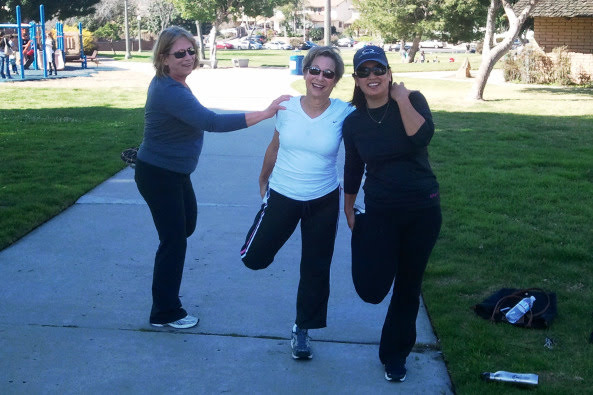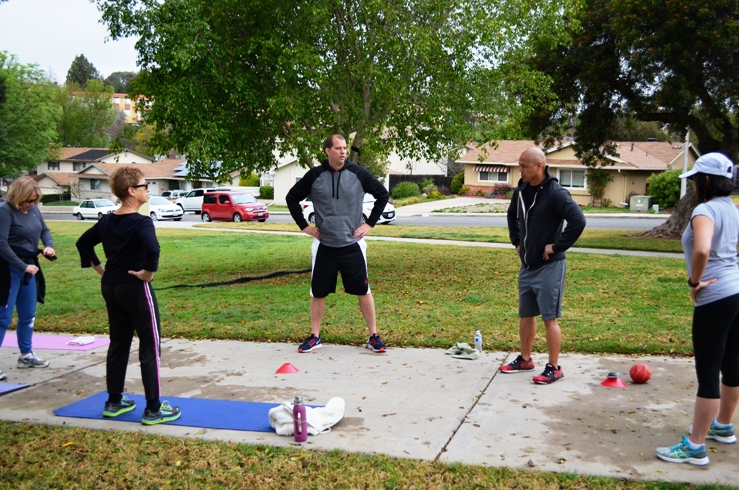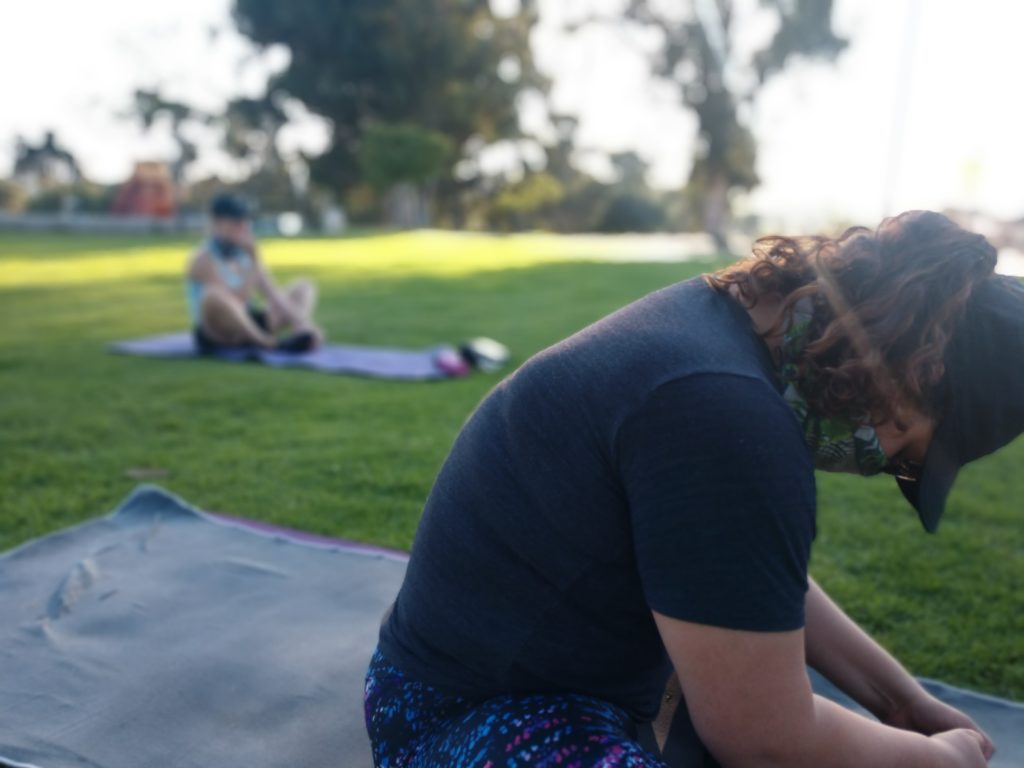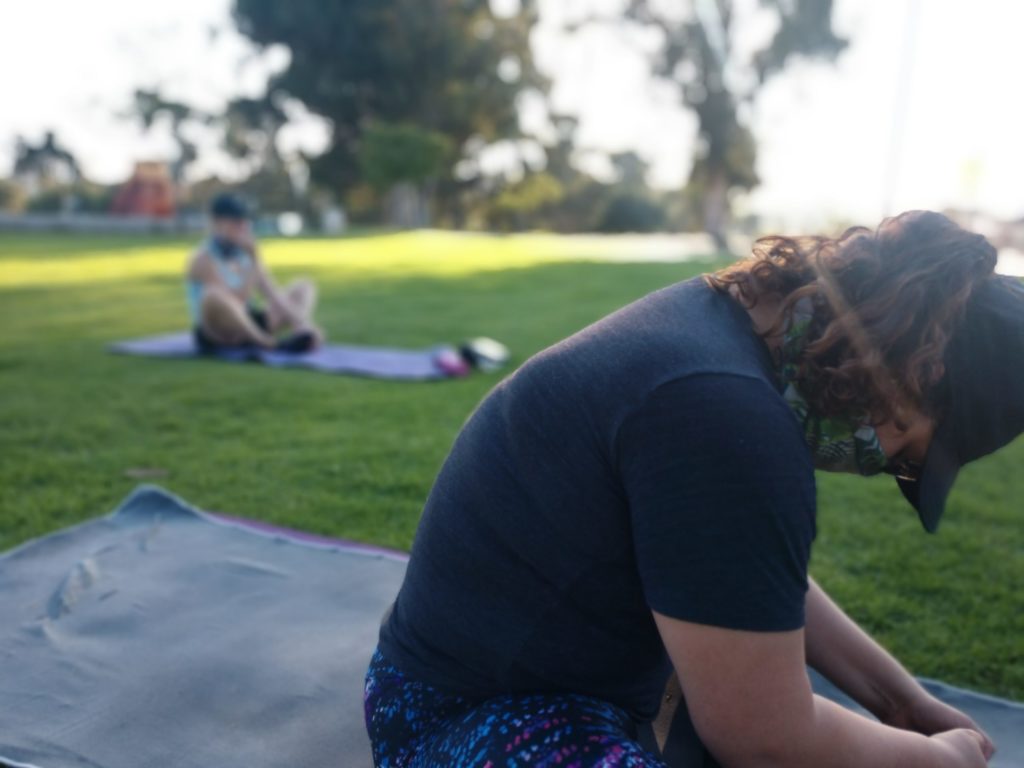This week’s quick read: fourth and final in the series – flexibility.

(Note: we may receive a commission on affiliate links contained within this article).
We’ve covered three areas thus far – cardio first, resistance/strength training next, followed by neuromotor. The Centers for Disease Control and Prevention along with the American College of Sports Medicine collaborated to create a list of 4 fundamental activities for US adults which can result in better, overall health over the long run. Last on the list is your flexibility and similar to the others, it’s recommended you incorporate this 2-3 times each week.
Why Flexibility Is Important
Flexibility involves the range of motion in your joints. Regular stretching movements help maintain or improve this range of motion. Staying limber becomes more important as we age so it’s best to develop the habit and maintain it in our earlier years. Flexibility allows us to perform the activities in our lives more easily and efficiently.
While the scientific jury is still out when it comes to how often you should stretch, it is generally accepted that stretching your muscles at least twice weekly and typically after exercise is best. After exercise stretching is recommended since the muscles are already warmed up and primed which aids in the effectiveness of your stretches. Exceptions to this include professional athletes and those involved in organized sports who participate in more active and dynamic types of stretching.
As the years go by, we naturally tend to slow down and become less active. By the time we reach our 70s and up, we begin dealing with concerns and issues related to strength, balance, as well as flexibility. In fact, these concerns are expressed by several of my clients in their 30s and 40s; they begin seeing their parents’ health decline or their parents’ conditions become more pronounced. This awareness then becomes their desire for change in their own lives.

As with the previous three areas pertaining to cardio, strength, and neuromotor, flexibility becomes a use it or lose it proposition. Engaging in flexibility exercise sessions on a regular basis is no guarantee that you’ll be free of any and all issues as you age, however it’s a great insurance policy which will pay dividends. In fact, maintenance of your flexibility will also allow continued progress related to strength/resistance, cardio, and neuromotor activities.
Flexibility: Gym Membership Not Required
Flexibility is the last of the four primary areas which does not require membership in a gym. In fact, stretching generally requires you to be warmed up at the very least. With the internet and YouTube available, knowledge on what stretches to perform is literally at your fingertips.
Summary

To summarize, flexibility is the last of the four areas the ACSM and CDC recommend adults to participate in on a weekly basis. It is generally accepted by most fitness professionals that at least 2 stretching/flexibility sessions per week is a good thing. It’s also a good idea to first warm up your muscles before stretching or to do your stretching session after a workout. And just like the preceding 3 areas we’ve covered, flexibility or stretching activities require little to no equipment and can be done in the absence of a gym.
As an older adult, flexibility becomes a higher priority concern since it has a direct impact on our ability to participate in cardio, strength/resistance, and neuromotor exercises/activities. It’s a use it or lose it proposition with long term impacts so the younger we are when we develop the habits, the better off we’ll be.
We hope you’ve enjoyed this series on the foundations every adult in the United States should participate in regularly. If you have any questions, please don’t hesitate to reach out to us via our contact form or in the comments below. Are you stretching on a regular basis? If so, let us know your favorites plus what drives you to do it in the comments below.


